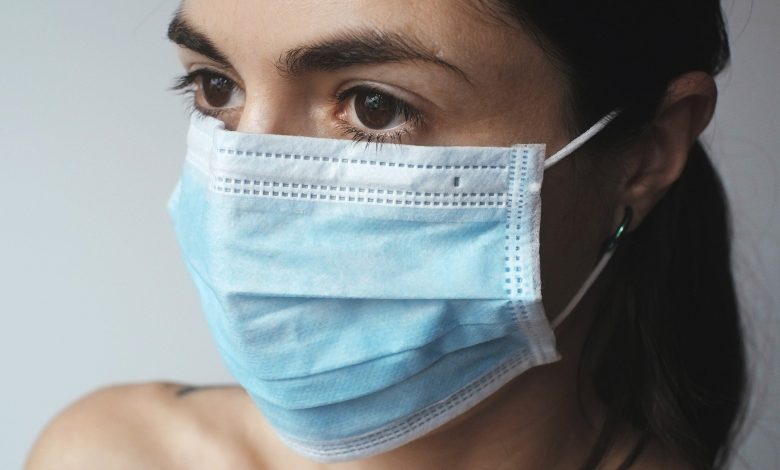
Filter vs medical vs fabric face masks
With new variants of Covid-19 spreading across dozens of countries, people are seeking face masks with extra protection. Here at Disability Horizons, we’ve rounded up the different levels of protection between filter, medical and fabric face masks so that you can choose the best for your situation.
You can find disposable face masks and other Covid essentials, such as hand sanitiser and extra-thick plastic aprons, available on the Disability Horizons Shop.
LAST UPDATE: 03/12/2021
Face masks and coverings
There are a few different types of face masks and coverings – general fabric face masks or coverings, medical or surgical face masks, and filter masks or respirators, with the latter being the most protective for the wearer.
When the pandemic started, the general public was advised to wear fabric face coverings to ease demand on higher-grade masks for health workers and those with medical conditions or more ‘vulnerable’ to Covid-19. But PPE supplies are now more readily available.
If you’re at higher risk of illness if you catch Covid-19, or have to mix with health workers, for example, because you use PAs, you might want to consider a filter mask or medical mask, as well as wearing them in more settings.
Here’s a rundown of how the different masks work to help you decide what’s right for you.
Medical or surgical face masks
Medical or surgical face masks are designed to protect the wearer by creating a physical barrier between the mouth and nose of the wearer and any virus particles, such as droplets or splashes.
They also help to limit the spread of droplets expelled from the wearer when they cough, sneeze or even talk.
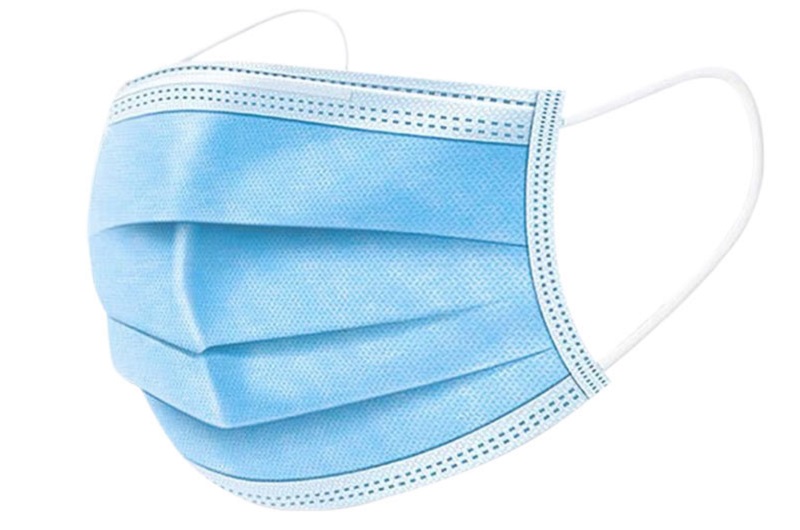
Medical masks, which are disposable and should only be used once, are made from at least three layers of material. These might include an absorbent layer on the inside, a middle layer that filters and a top layer that is water-proof.
The different levels of thicknesses (often labelled as type 1, 2 and 2R) offer varying levels of protection – the higher the better.
Some offer more filtration from bacteria and only type 2R masks are truly fluid-resistant. But keep in mind that this can also impact how easy they are to breathe through.
Whatever the type, surgical masks are not intended to stop aerosols (very small droplets) from getting to the wearer’s mouth and nose or passing from them to someone else.
They also don’t fit as tightly around the nose and mouth as filter or respirator face masks do – more on this below.
On the 1st of December 2020, the World Health Organization updated its advice face masks recommending that people at risk of serious illness from Covid-19 illness and those aged over 60 should wear a medical mask.”
You can buy type 2R fluid-resistant medical masks with three layers of fabric, including a filtering one, on the Disability Horizons Shop.
How you put your face mask on is also important, so watch this how-to video from the World Health Organisation.
Filter or respirator face masks
These types of masks offer additional protection as they filter out tiny particles in the air as well as stopping larger droplets from getting to or from the wearer.
There are different fabric versions, plastic half masks and full masks, as seen in the image below, which are often called respirators. The latter two are designed solely for hospital workers when dealing with Covid-19 cases, so we’ll talk here about the fabric ones.
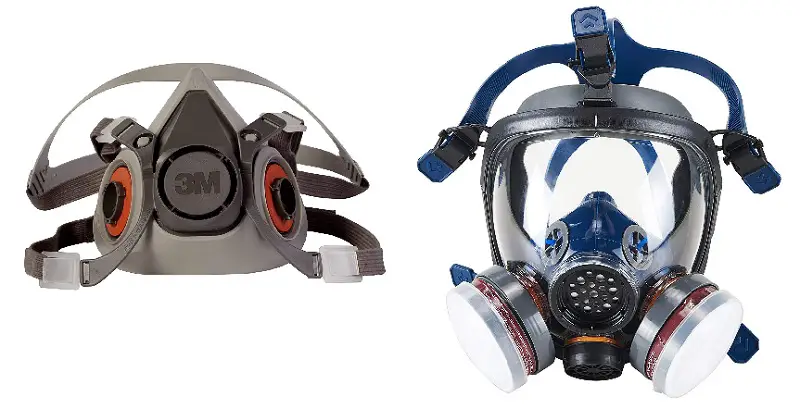
Filter masks, which are also called filtration masks, are disposable and are either made of filtering materials or have a valve.
Like medical masks, there are different levels of performance, often labelled FFP2, FFP3, P3, N95, N99 or N100. The higher numbers mean better filtration and minimal leakage. FFP3 masks have 99% filtration, while FFP2 ones a minimum of 94%.
The letters relate to where they’re made and which standards they meet – the N is US and F masks are EU and UK – and some are equivalent to others. For example, FFP2 masks are also very similar to N95, which have 95% filtration – you can find out more in this recent test done to compare the two masks.
FFP2 masks are defined as being composed of three layers of synthetic non-woven materials, available in different thicknesses, with the inclusion of filtration layers between. These help to protect both the wearer and those around them from large particles and smaller aerosols.
Valved models, often seen on FFP3 masks, usually make it easier for the wearer to breathe out. However, they only protect the wearer as they filter what the wearer breaths in, not what they exhale, so do check when buying.
If you want to know more, you can take a look at this comprehensive article on the differences between N95 vs FFP3 and FFP2 masks.
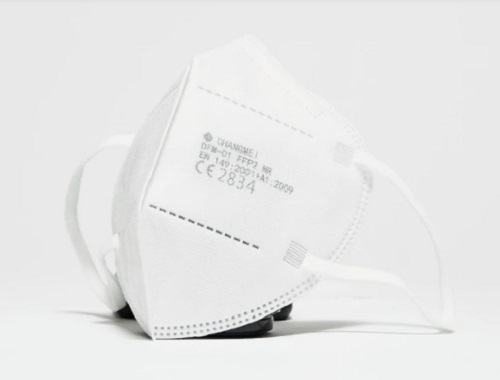
Although these types of face masks are disposable, at the start of the pandemic when supplies of PPE were low, in some specific situations, there was advice around using filter face masks for ‘extended use’ or ‘rotating’ them (leaving masks for at least 72 hours before using them again).
Now though, it’s best to only use these masks once, unless in an emergency situation, such as when it’s the only mask you have and wearing it would be better than not wearing one at all.
There are also reusable fabric masks with filters, which are sometimes removable so you can wash the fabric mask itself. However, these don’t necessarily filter particles, particularly smaller ones, to as high a level as those that meet the standards.
Whatever type you wear, filter masks should fit tightly around the wearer’s nose and chin. If they don’t, it’s likely to be less effective. Ideally, a ‘fit-test’ would be done before wearing one to check it is snug on the wearer’s face.
However, many of the fabric versions have tight elastic straps, which are sometimes adjustable. These help the mask to fit tightly when looped around the ears. They can also be moulded around the chin and nose when it in place.
If you are having difficulty with your face mask fitting, you can try these face make tighteners or extenders.
If you find wearing a face mask difficult, particularly with regards to breathing easily and your glasses steaming up, try a face mask bracket insert.
The 3D design of the sturdy yet lightweight bracket keeps the mask fabric away from the nose and mouth to make your mask more comfortable, and allow easier breathing. Head to the Disability Horizons Shop to buy one now.
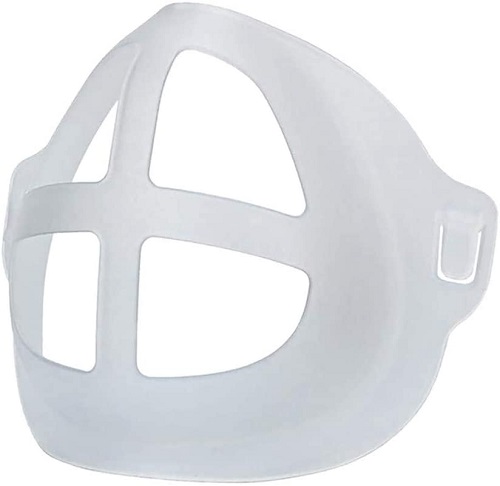
General face masks or coverings
Generals face masks or coverings, which are usually reusable, are made of fabric and have elasticated sides that fit around the wearer’s ears.
Because of what they are made of, they are also called fabric or cloth coverings. They are often available in a range of colours and patterns.
These masks aim to minimise the transmission of viruses by limiting the spread of droplets created by the wearer. But, unlike surgical or filter masks, they don’t protect the wearer.
In addition, like surgical masks, some work better than others. For example, ones with three layers of absorbent, filtering and water-resistant fabric, will be more effective than those made of just one piece of fabric.
General masks are intended for non-medical activities, such as shopping or travelling on public transport.
This video from the World Health Organisation shows how a cloth face mask or covering should be put on.
If you have a hearing impairment and rely on lip reading for communication, you can purchase a lip reading face covering, which has a clear window that allows you to read the lips of your family, friends, colleagues or carers are talking to you.
The Disability Horizons Shop also sells other covid essentials, including gloves, aprons and face shields. You can also purchase a face mask exception card if you cannot wear a face mask due to a medical condition or disability.
By Disability Horizons
More on Disability Horizons…
- Face mask exemptions: how to ensure you don’t get fined if you’re exempt
- How disabled people can maintain care support during the coronavirus pandemic
- Covid-19 vaccines: how they work and who is eligible if you have a disability or chronic illness
- Disabled people and carer’s experiences of accessing the coronavirus vaccine